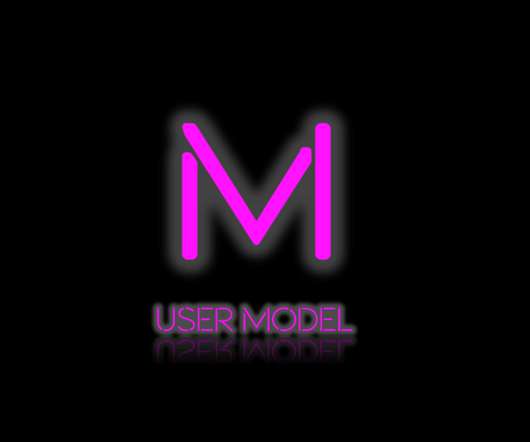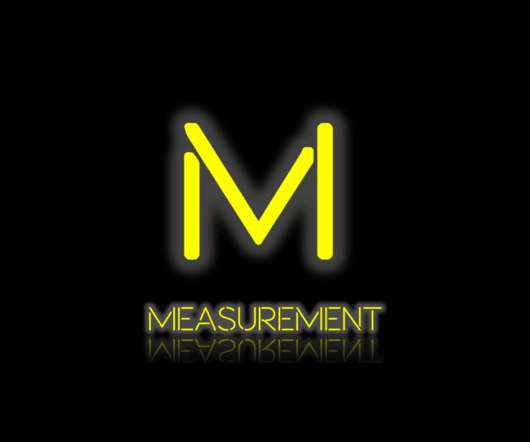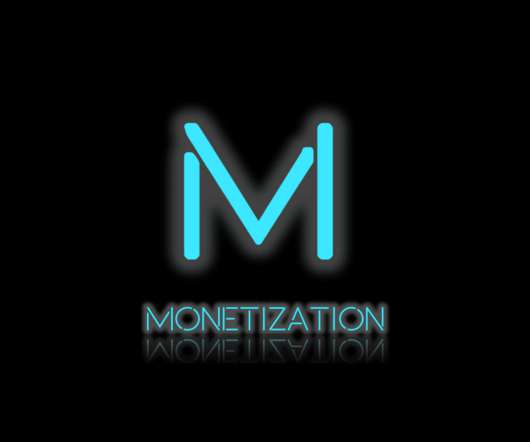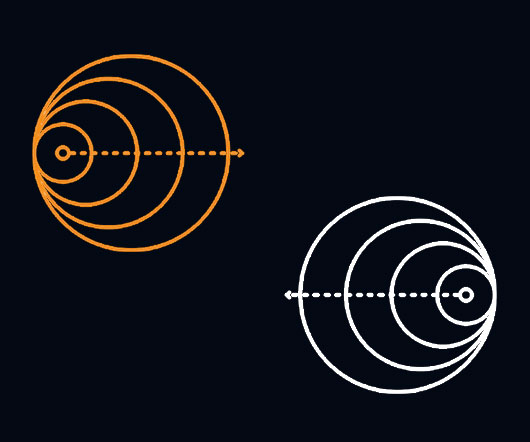User Model: What SaaS platform builders need to know to prepare for growth, Part 1
CloudGeometry
JANUARY 15, 2022
There are at least three foundational dimensions that translate your business assumptions into critical technical solution inputs: User Model Monetization Measurement In this blog series, we explore how these three dimensions figure into key technical recommendations which enable scale in pursuit of SaaS business growth.














Let's personalize your content